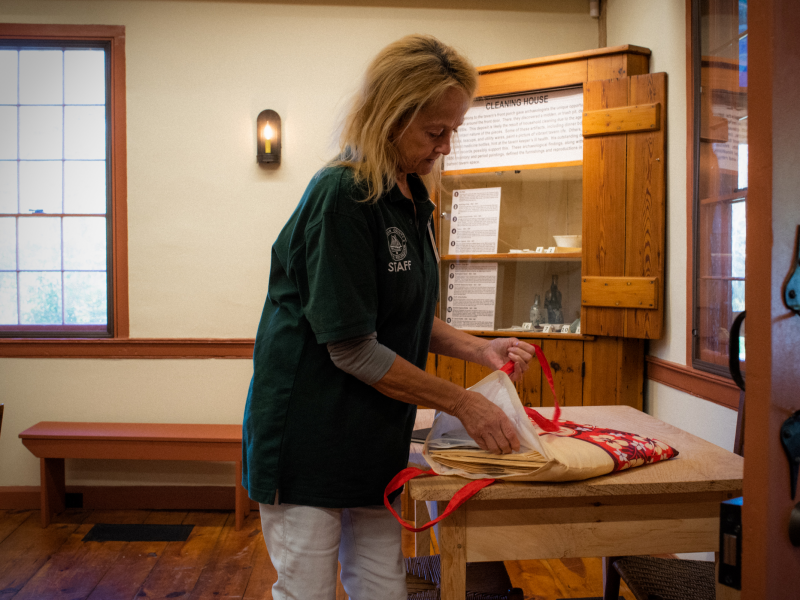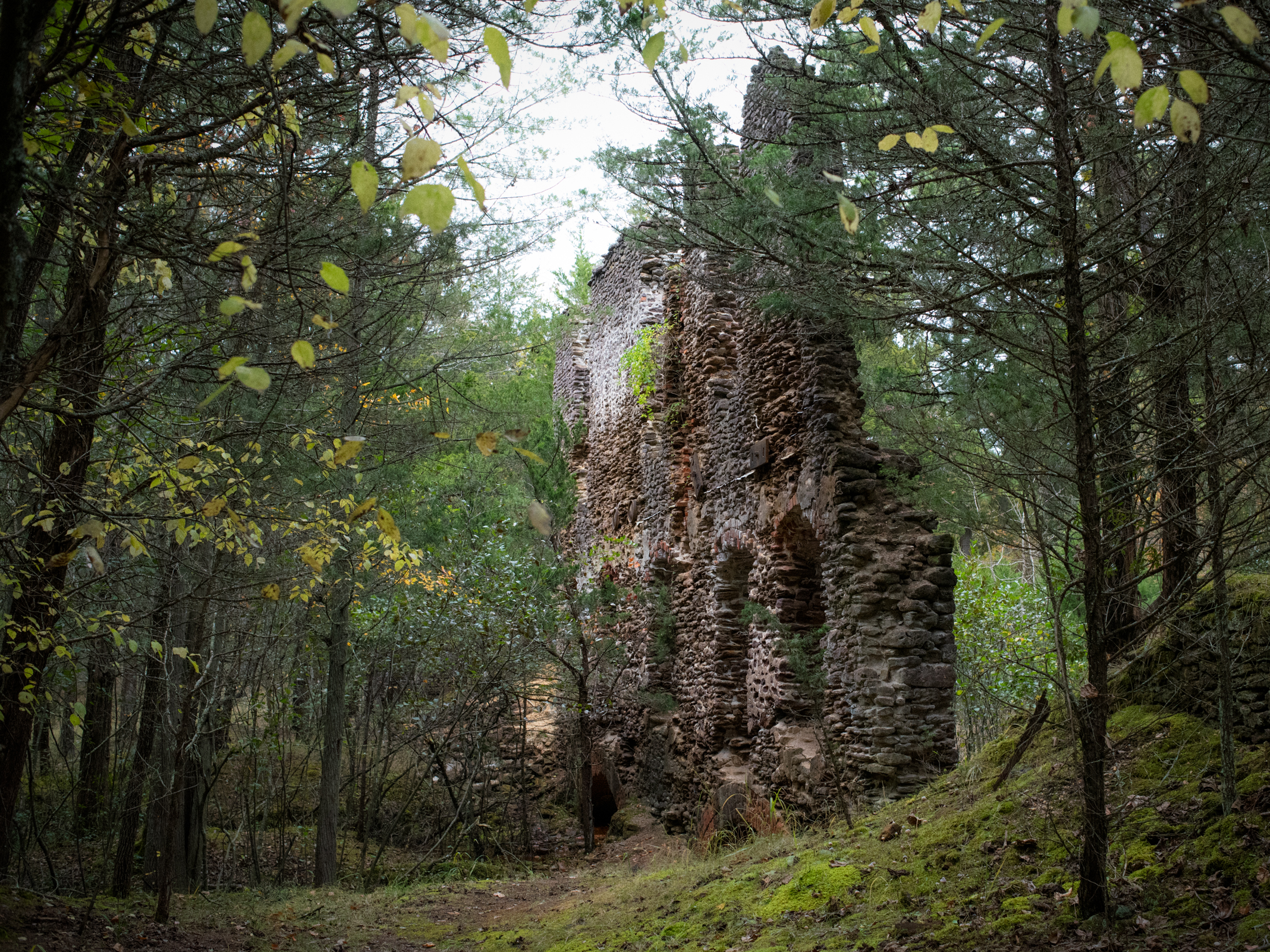- Lore runs thick through the New Jersey Pine Barrens.
- Millions of years ago, southern New Jersey was washed by ocean waves. The sand they deposited indelibly shaped the human culture of the 18th and 19th centuries.
- Today, just as the ocean left an inland shore, the land is marked by the remains of human industry – remains that carry myths and legends of the past.
- The area is said to be one of “the most haunted places in America.”
- The Pine Barrens were originally inhabited by the indigenous people of the Lenni Lenape tribe. Dutch and Swedish colonizers moved to the area to use the cedar and oak for shipbuilding. When the first iron furnace was opened, the area became instrumental in producing munitions during the War of 1812 and the American Revolution.
- Many think of the American West when they hear of outlaws and ghost towns, but the Pine Barrens were just as wild. Take the story of John Bacon, for example: a Loyalist guerrilla who massacred 19 men of the Continental Army in their sleep and was then captured in the Pine Barrens in what is considered the last battle of the Revolutionary War.
- The most famous story is that of the Jersey Devil, a mythical beast born to a woman living in the Pine Barrens, which has reportedly haunted the region for hundreds of years.
- By 1869, the iron industry in the Pine Barrens had disappeared, and the once-bustling towns there fell into decay. The forest soon began to reclaim the land that was once an engine of productivity. The buildings and railroad slowly disappeared over the decades, but the stories have lived on.
- Stories of the powerful, the disenfranchised, the natural, and the famous beings that made up this community are passed on thanks to the hard work and passion of those who live there now. Here are some of those legends that locals shared with Insider.
- Visit Insider’s homepage for more stories.
Rich with history and legends, the Pine Barrens is perhaps the best-kept secret of the East Coast if you’re into haunted adventures.
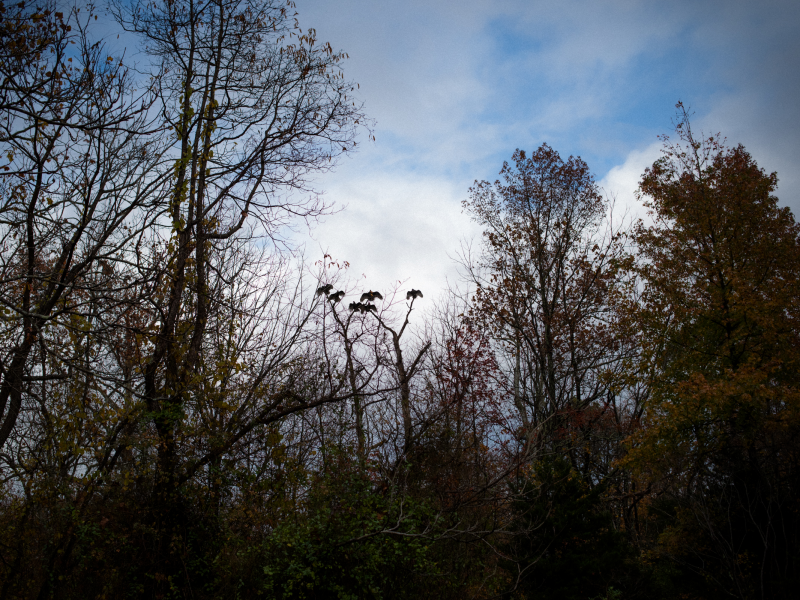
The Pine Barrens is a 1.1 million-acre area of southern New Jersey. It’s a heavily forested area covered in sandy, acidic, nutrient-poor soil that is well suited for cranberries, orchids, and carnivorous plants. The region has four state forests, and because it is so sparsely populated, it has a reputation as a backwater region in New Jersey.

It’s also littered with abandoned villages. Some are little more than mounds of earth, while others are brick and stone remnants of the mills that made iron, paper, and terracotta.
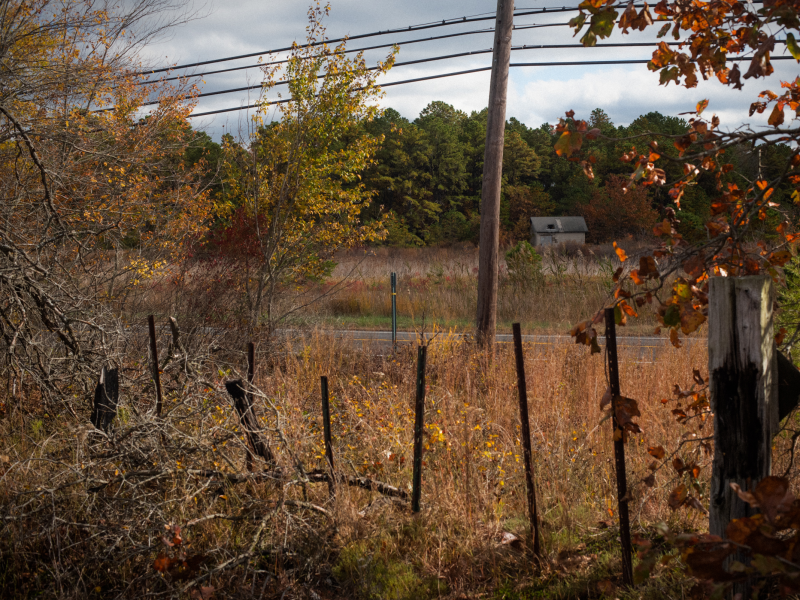
The residents here are very proud of their history and culture. You can find the Jersey Devil lurking in many parts of the Pine Barrens, including outside Lucille’s Country Cooking. After being featured on an episode of Anthony Bourdain’s “Parts Unknown,” it became perhaps the second most famous entity in the Pine Barrens.

Lucille’s is an institution and an excellent place to hear the lore of the land. Vicky works most days at Lucille’s, and it seems she hardly has a moment to spare. The roadside diner is frequented by many residents of the area, especially people who currently or once worked in the state parks and museums of the Pine Barrens, but it also caters to visitors with its “I Ate With The Jersey Devil” merch.
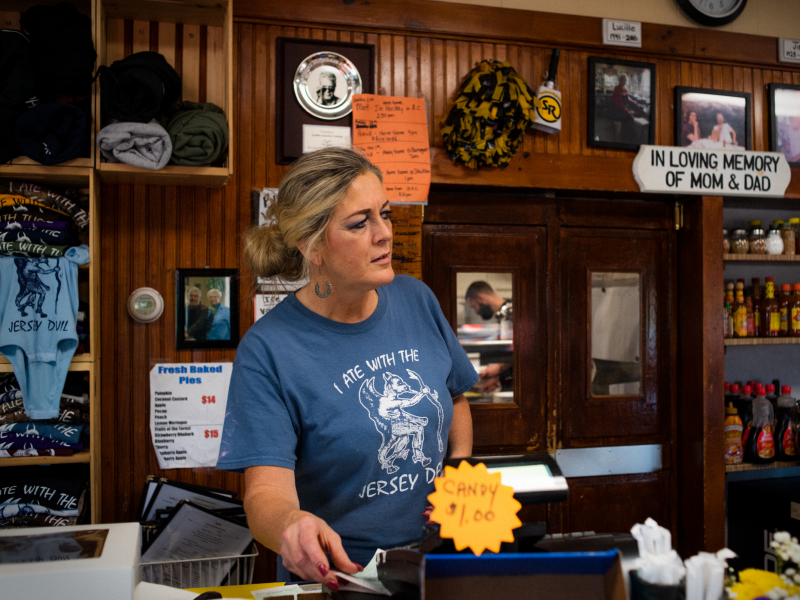
Down the road from Lucille’s is the Cedar Bridge Tavern. The building marks the location of the last battle of the Revolutionary War in which a Tory guerrilla, John Bacon, was captured by the Continental Army. Though the war had ended, political instability led Quakers in the area to side with the Loyalist.
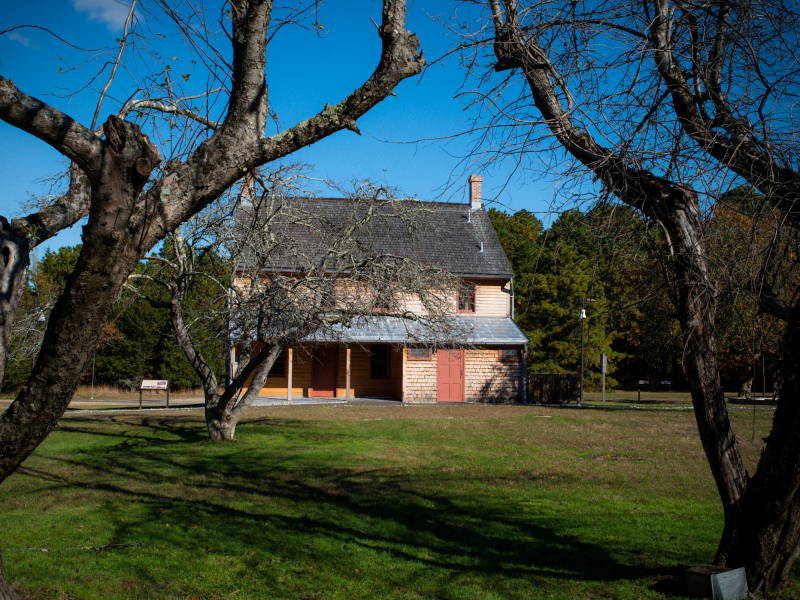
History can literally be found all over the Pinelands. This cornerstone sits between a tractor shed and a pond a short walk from the Cedar Bridge Tavern. It marks the original property limits and is engraved with the year 1743.
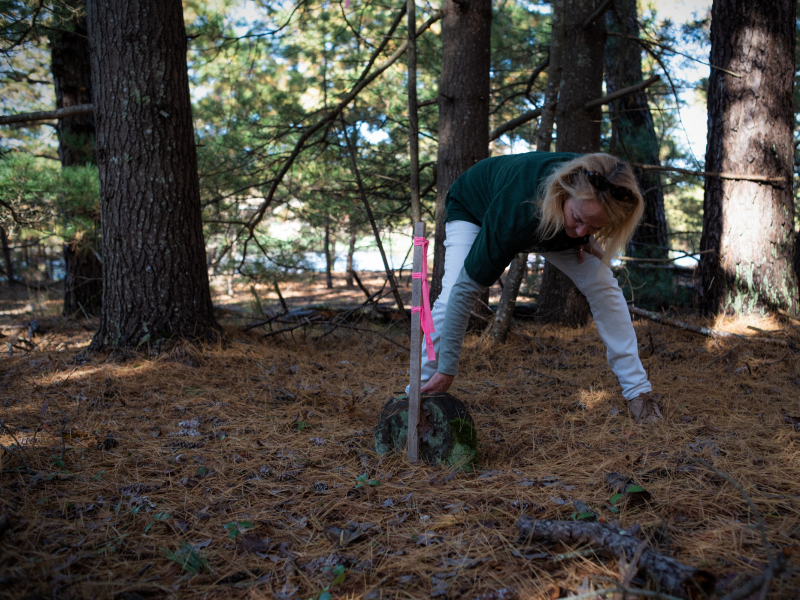
The tavern is said to be haunted by the spirit of John Wildermuth, a former owner of the tavern. “You never know who’s closing doors in here,” said Renee Kennedy, a tour guide in the area. It is believed that this is the oldest, intact bar in the United States.
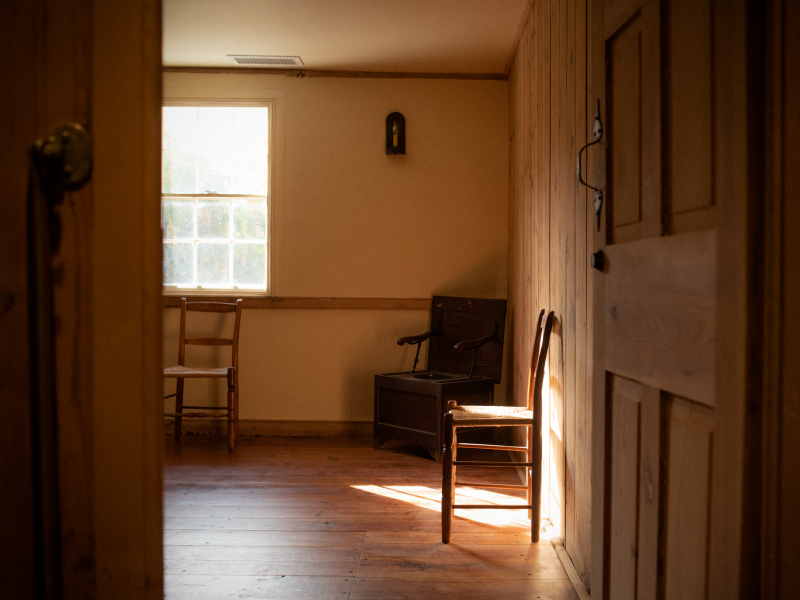
The best way to learn about the history and lore of the Pinelands is to talk with the people who live there who are generally kind and eager to share. Locals believe or disbelieve the legends to varying degrees, but most are knowledgeable of the area’s history.

The Jersey Devil is the most famous and well-established myth of the Pine Barrens. It is said that his mother, Jane Leeds, became pregnant with her 13th child and, fed up with having children, wished it to be a devil. Though born normal, it is said that the child morphed into a demon with the head of a goat, the wings of a bat, and a forked tail.
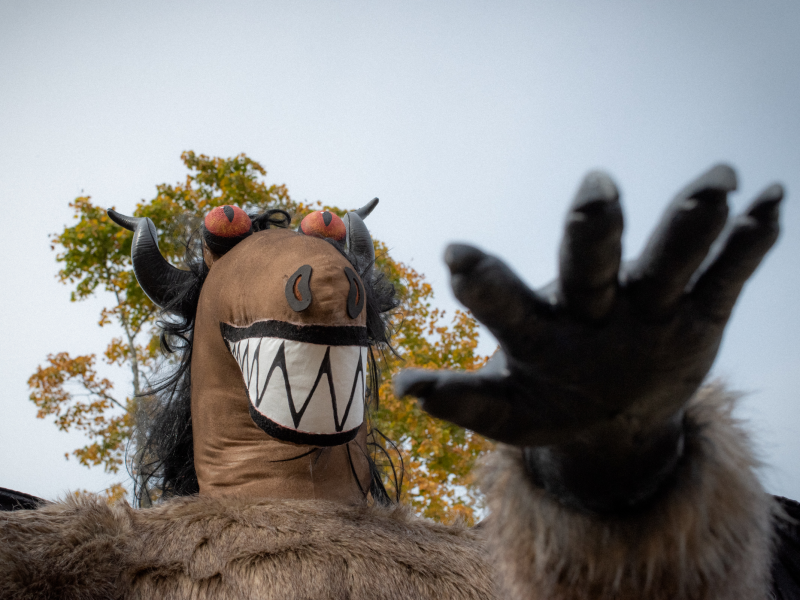
Stan Fayer gives tours of the White Horse Inn. He is a retired police officer and a veteran. He has his own logical explanation for the origins of the Jersey Devil but still has unexplained events from his life in the Pine Barrens.

The White Horse Inn served many purposes over the years, but it was left to vandalism and decay until a group of community members dedicated themselves to restoring it. Once the window at the top of the building was inexplicably dislodged. Another time, a police officer, alone in the building, heard footsteps even though the building’s alarm system was never set off. He refuses to return.

Once, during a meeting of the Festival Committee of Chatsworth, the group heard a small child laughing in the building even though no child was present. The committee organizes the annual Chatsworth Cranberry Festival, which happens every year in October to celebrate the local cranberry farmers.
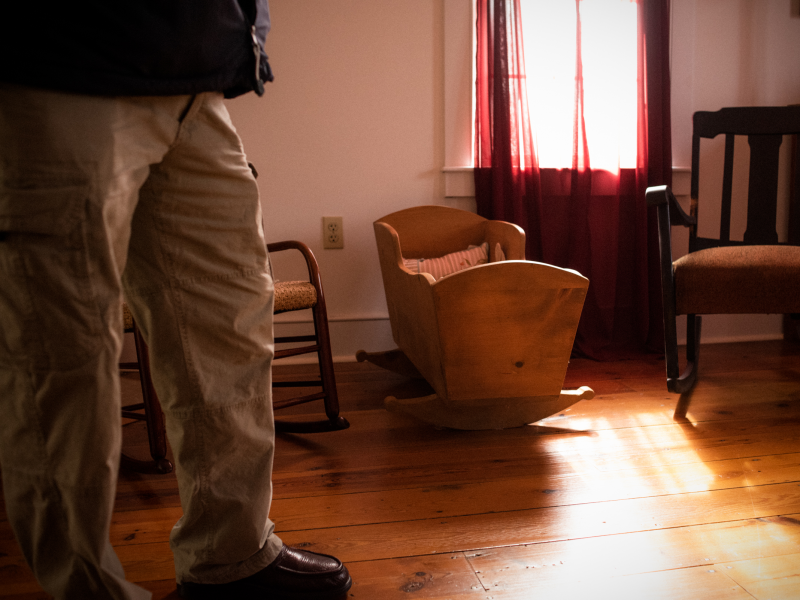
Many legends from the Pine Barrens focus on people traveling through and around the area. One story tells of the ghost of a doctor named James Still, brother of William Still, who wrote ‘The Underground Railroad,’ who was lynched for practicing medicine as a black man. His ghost is said to roam the area assisting travelers who are injured or stranded in the vast forest.
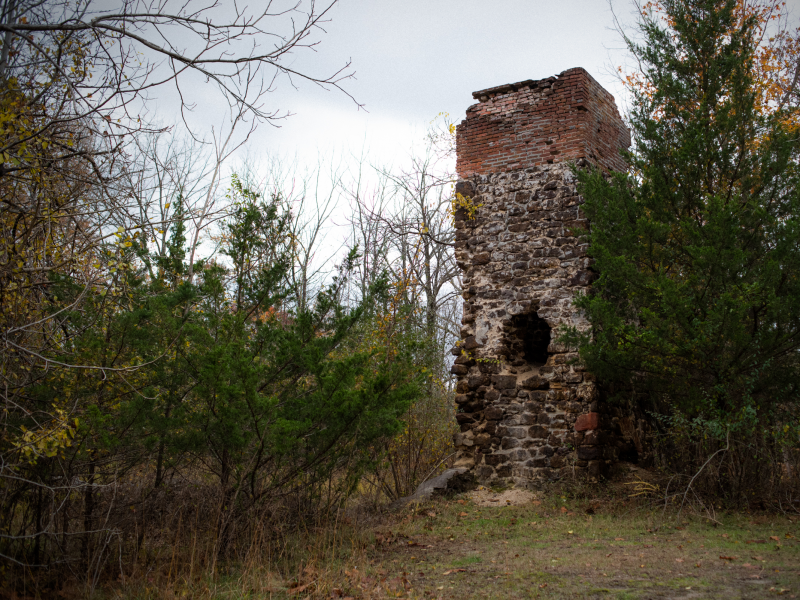
Another myth of the Pine Barrens tells of a white stag that warns travelers of impending doom. As the legend goes, a group of Quakers who, on a stormy night in 1809, nearly plunged into the Batsto river but were saved by the spectral creature.

And half an hour drive down a desolate, dirt road stands a monument to a seemingly unlikely figure: Emilio Carranza, a Mexican aviator who flew around the world championing peace.
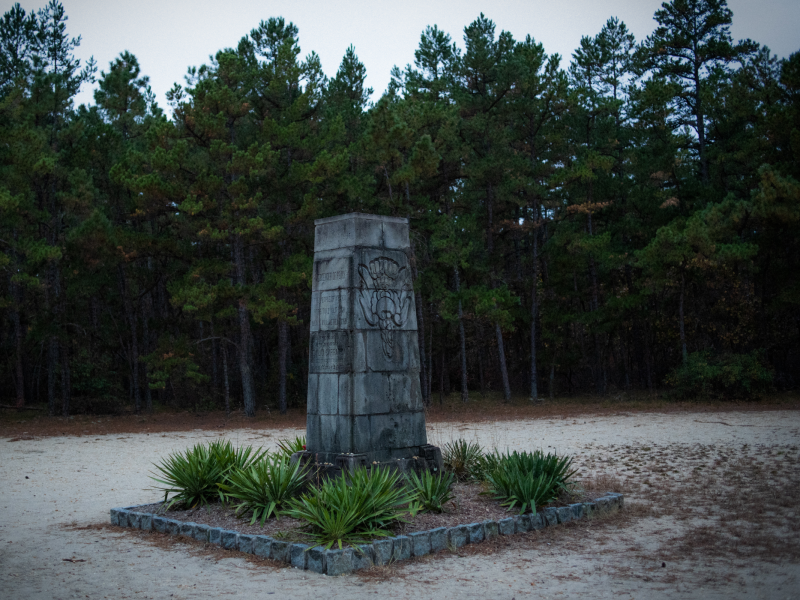
Carranza was about to begin a tour from New York City to Mexico City, stopping at American cities along the way, but a fierce storm delayed his voyage. A commanding Air Force officer messaged him that if he didn’t begin the journey immediately, his manhood would be in question.

While looking for a place to land in the storm with only a flashlight to guide him, he crashed in the Pine Barrens and died. Legend holds that if you flash your car lights at the statue, you will hear the plane and see Carranza’s flashlight searching for a place to land.

The Pine Barrens were once frequented by lavishly wealthy residents of New York City and Philadelphia. They would travel by train and arrive in Chatsworth, the capital of the Pine Barrens. They would stay in a decadent hotel called the Chatsworth Club.
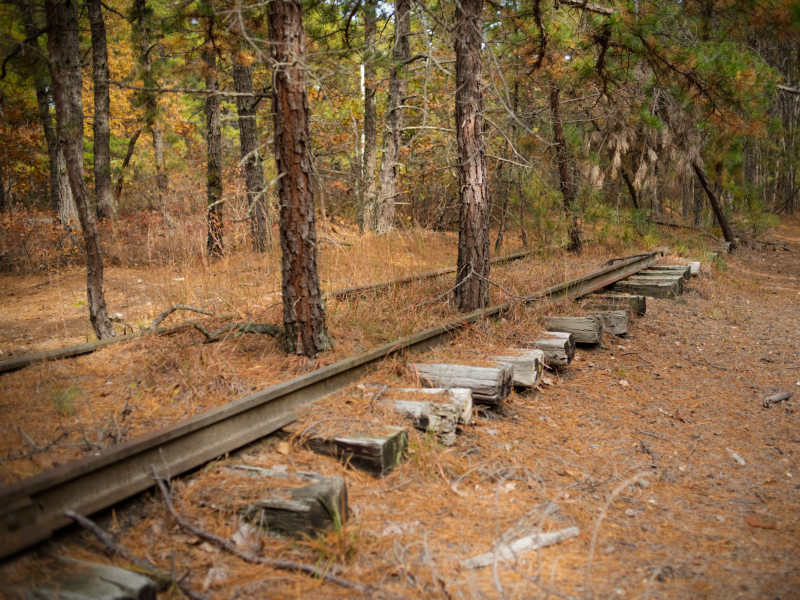
Atsion sits in the center of the Pine Barrens with a mansion preserved by the New Jersey State Parks Department. Lavish mansions were a great way for wealthy people of the 18th and 19th centuries to get away from the city for a relaxing retreat.

But being so far from civilization was not without danger. A.J. Rider, the Cranberry King and one of the owners of the mansion, was nearly killed by a band of highwaymen in 1916 while they attempted to rob his company payroll.
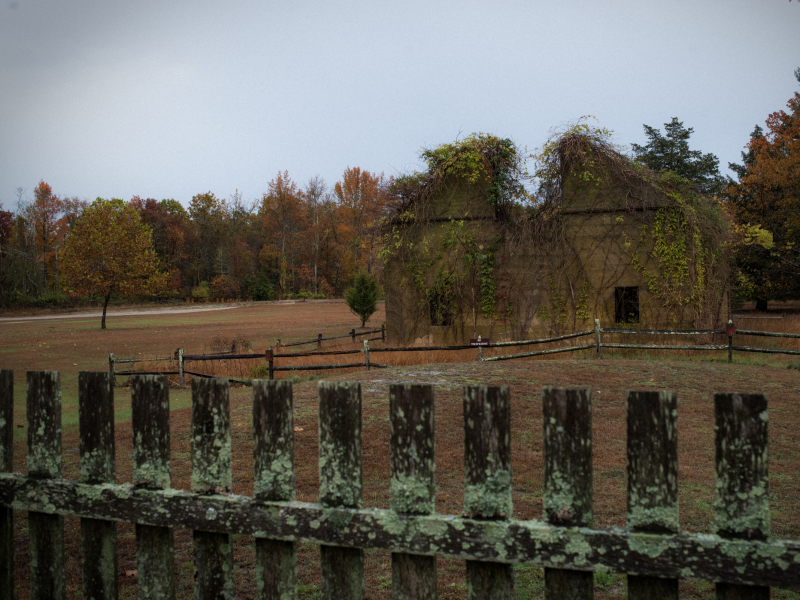
Many of the ghost towns were former communities based around iron-producing mills, most of which disappeared overnight once it became more profitable to mine ore in Pennsylvania. The Batsto Mansion is the biggest building in the town of Batsto, which is listed on New Jersey’s registered list of historic places.
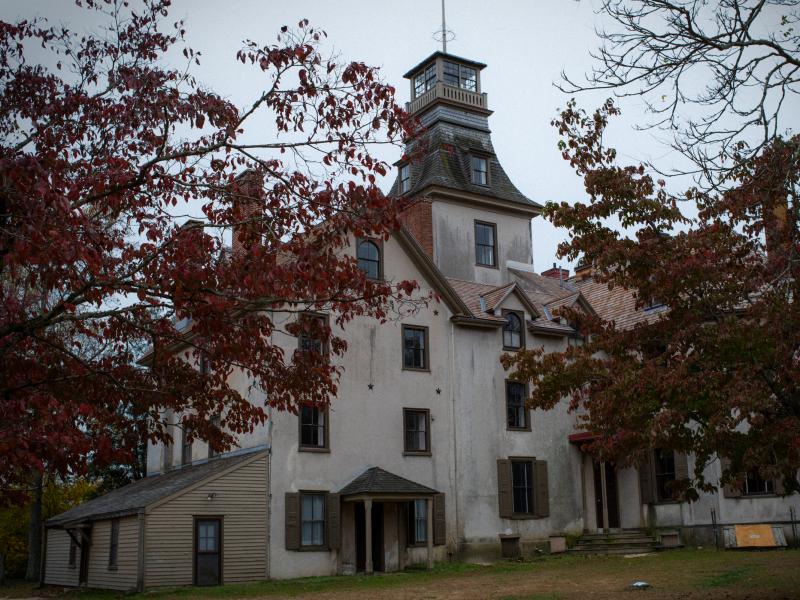
Some people in the area claim to have seen a figure standing in the highest windows of the mansion, though it is closed off.
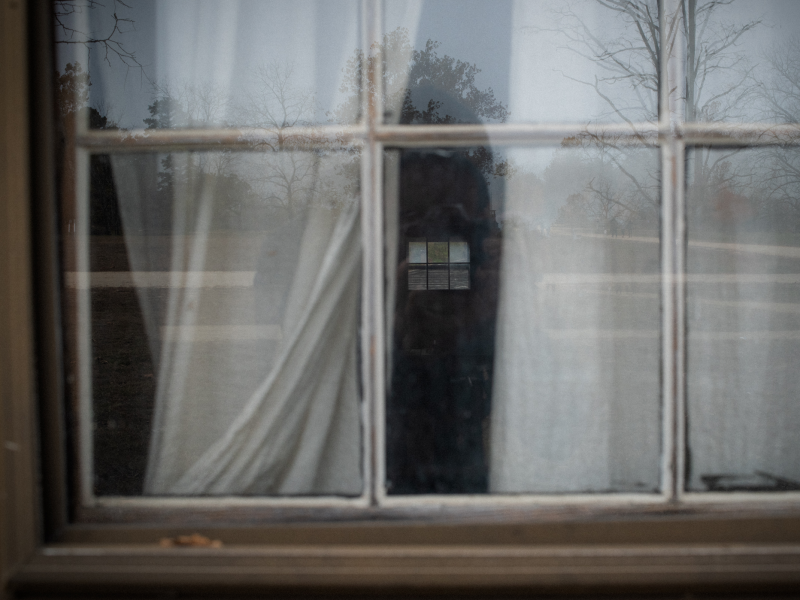
Part of the ghost town is the village houses in which laborers would live. The town, like many others in the Pinelands, was founded to mine iron ore but also existed briefly to produce glass.
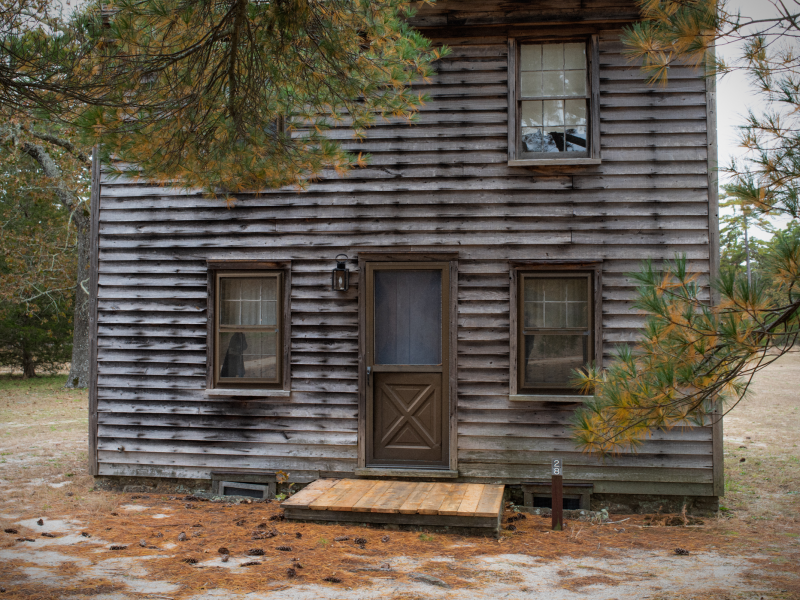
The woods surrounding the village is filled with pieces of glass, refuse from the village’s time as a glass producer.
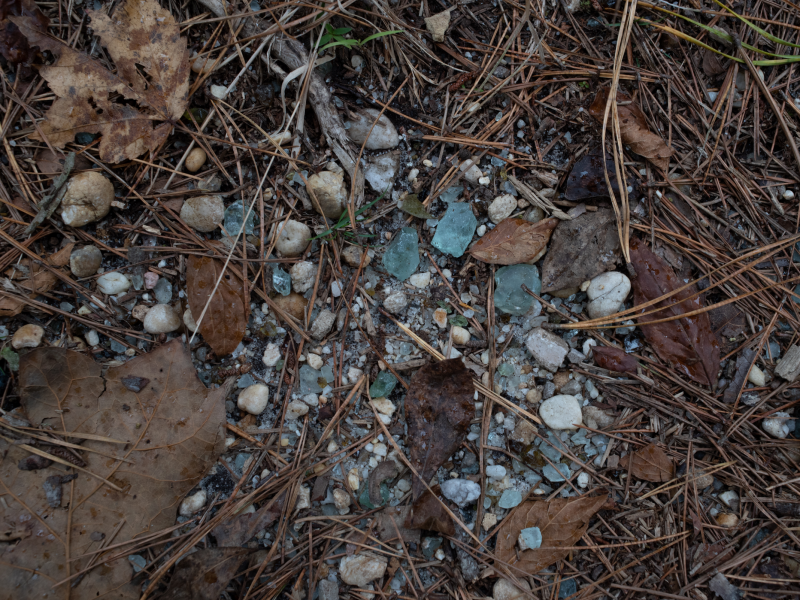
The village hosts walking tours and a book store stocked with literature written by natives about the history of the Pine Barrens.

Further up the abandoned railroad track from Chatsworth is the former Brooksbrae Terracotta Factory. Once capable of producing vast amounts of terracotta bricks, the factory never realized its potential due to an issue with the will after the premature death of its owner William J. Kelly.
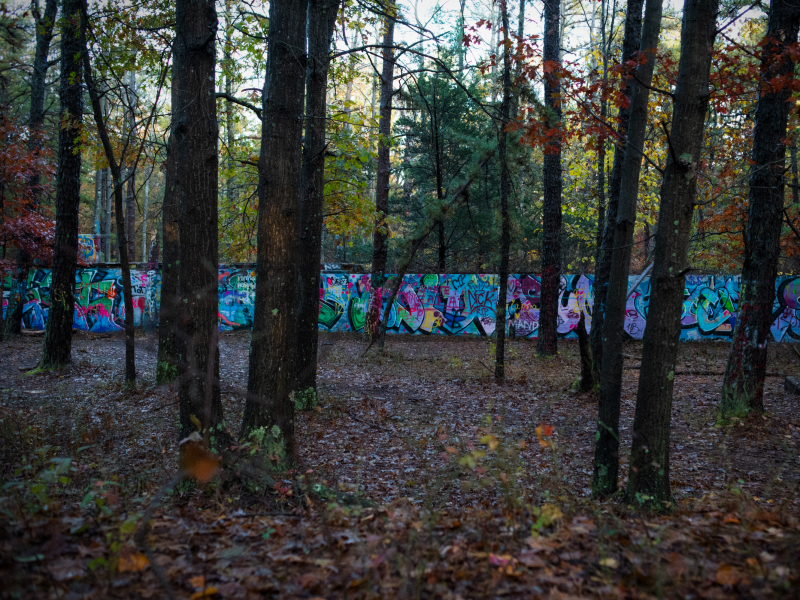
The abandoned factory has since become a mecca for graffiti artists in the region. It is the latest human contribution to the landscape of the Pine Barrens.

Most ghost towns are found deep in the forest along paths of sugar sand, super fine sand that is slippery and prime to becoming quicksand.
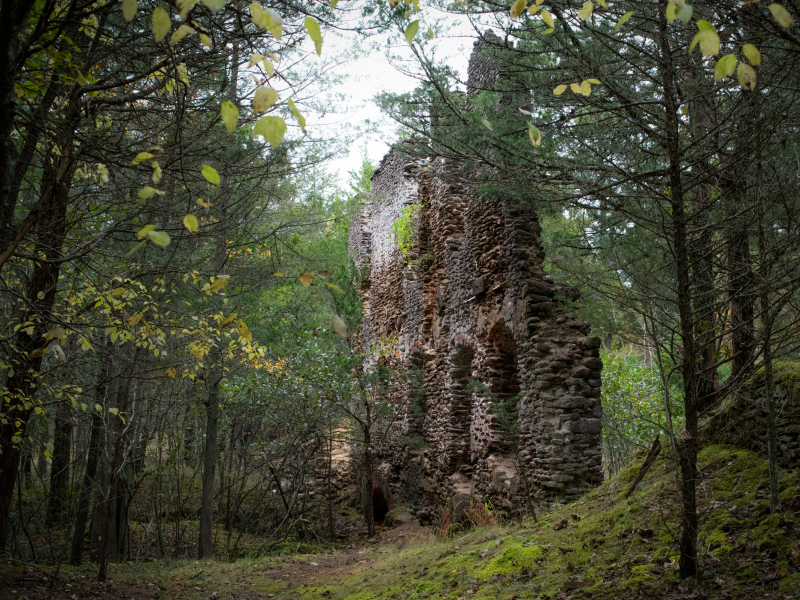
Streams and ponds take on a rust color because of the iron naturally occurring in the earth. It is the reason that so many iron furnaces were originally built in this area.

The ruins can seem extra spooky because of the howl of military airplanes that fly overhead to and from Fort Dix, an Air Force military base.

The unique ecology of the pine barrens can sometimes give the habitat an otherworldly feel.

This, coupled with vast, open farmland, can also make you question whether or not you are really in New Jersey.
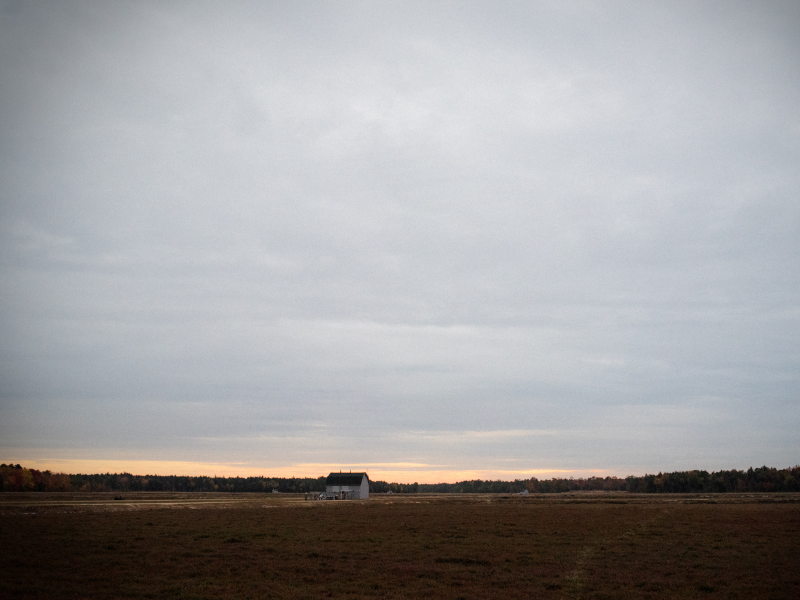
Pitch pines, the tree from which the Pine Barrens take its name, are short, ragged conifers that grow in the region’s acidic soil. The area is stereotyped as a backwater, even though it has a rich history and ecological diversity.

Cranberry and blueberry farms are now the major export of the Pine Barrens. The acidic soil is perfect for producing the sour fruits.
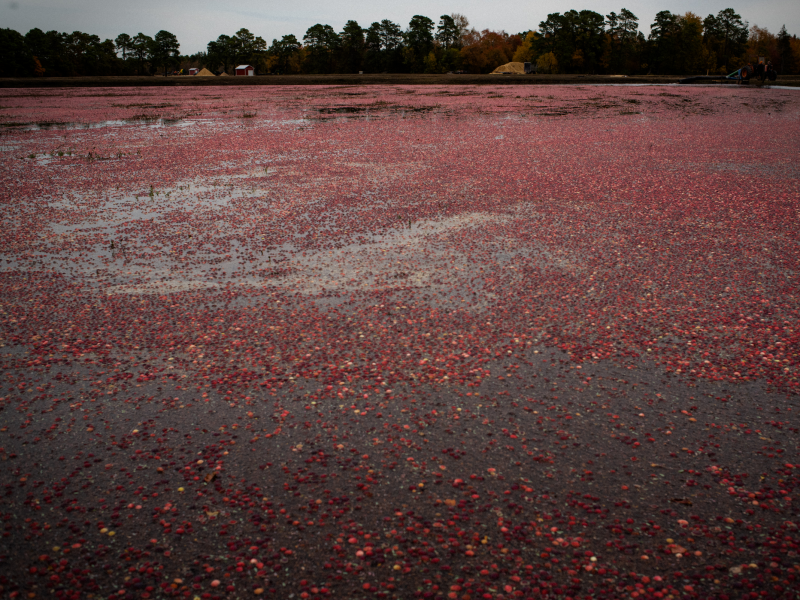
There are a number of ghost towns such as Speedwell and Friendship that are now nothing more than earth with a few remaining foundations.

The dark empty landscape makes for a very spooky drive at dusk.

The oldest church in the area is the Batsto-Pleasant Mills United Methodist Church, which is down the road from the remains of the Pleasant Mill at Sweetwater, once a cotton mill and then a paper mill before being closed down.

The graveyard is filled with ancient crypts, some of which are made of iron, indicative of the heyday of iron production.

Legend holds that a carpenter who was building the church was cheating on his fiancée. The fiancée reportedly wished the carpenter dead, and that same day he fell off the roof of the church and broke his neck.
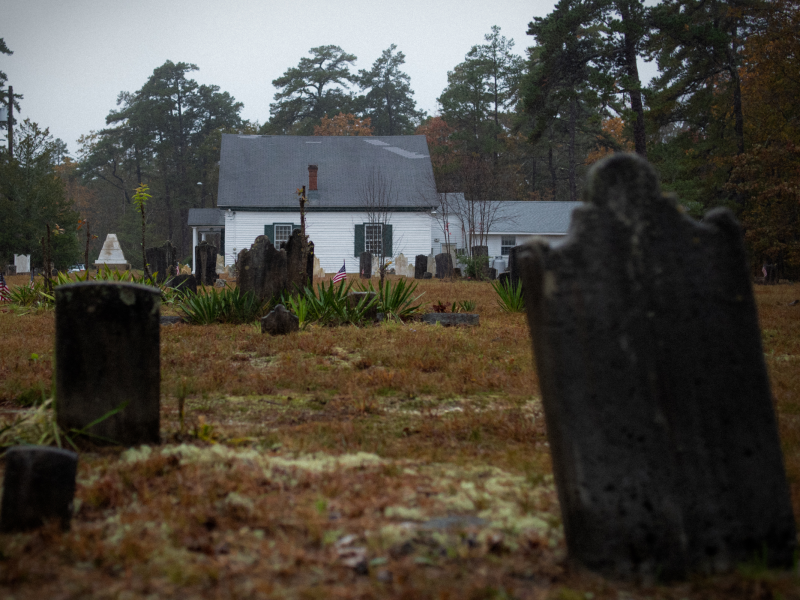
Residents of the Pine Barrens were deemed outcasts and criminals in the 18th and 19th centuries, especially after the publication of a bogus eugenics study published in the early 20th century.

The negative perceptions and mischaracterizations of locals have contributed to the eerie mystique of the region, and the frightening reputation has made the stories of beings like the Jersey Devil more believable.

With some diligence, you can find yourself on the path to the home of the Jersey Devil in the westernmost part of the Pine Barrens.
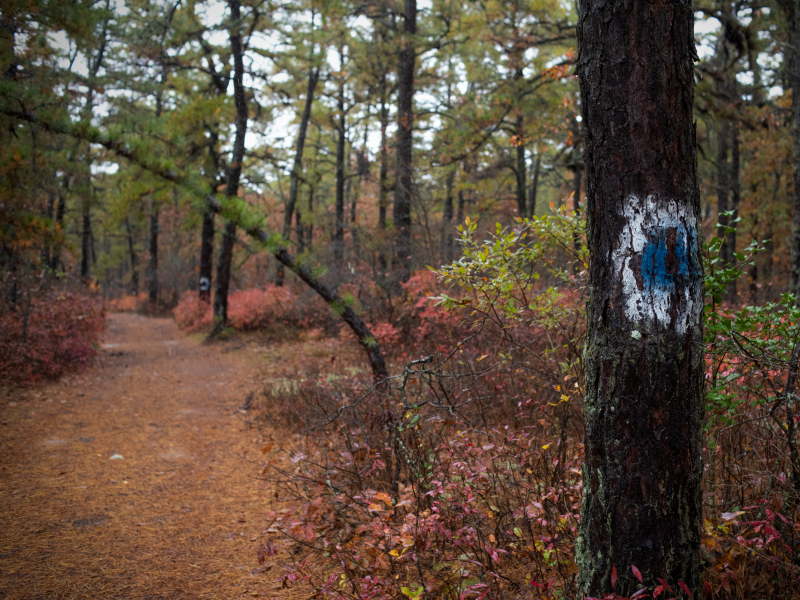
The Blue Hole, in addition to reportedly being a favored spot of the Jersey Devil, is said to be bottomless and occasionally drag unsuspecting bathers into its depths.

The area was once accessible by a bridge that was washed away in the 1960s. Combined with the stories of beasts and drowned swimmers, few people travel to the Blue Hole for fear of what might be found there.
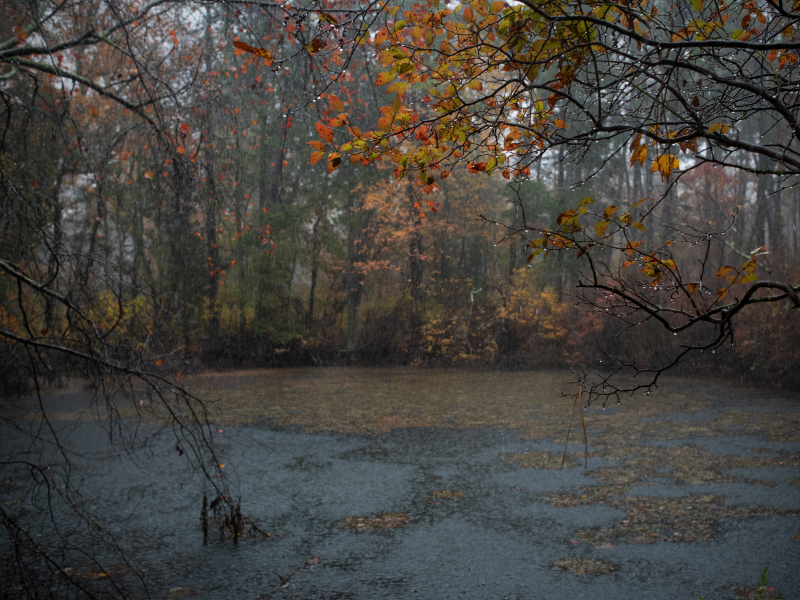
Though it could very well be the Jersey Devil pulling swimmers to their untimely demise in the Blue Hole, sugar sand may be another culprit. It is found across the Pine Barrens, and its fine texture is perfect for quicksand.
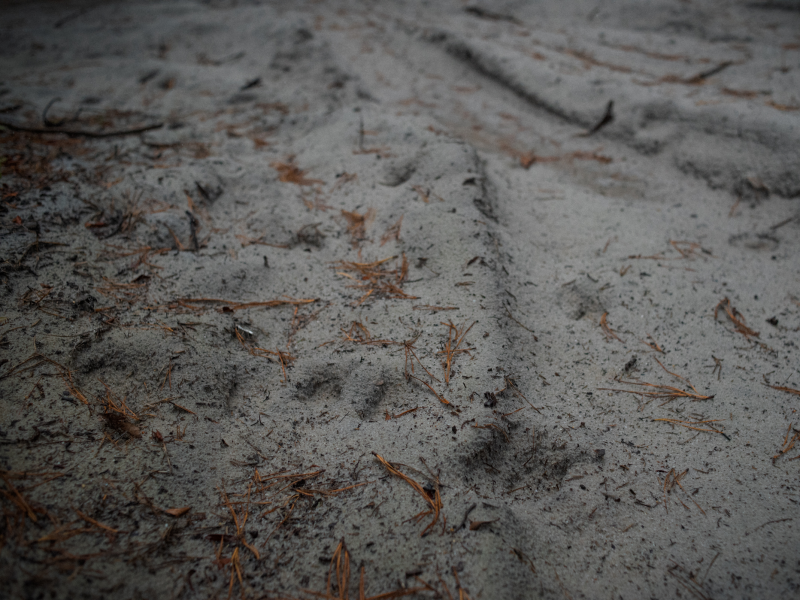
The story of the Pine Barrens goes back thousands of years before the iron mills of the 17th century. The Tuckerton Mound, a mound of seashells created by indigenous people who would travel to the Great Bay seasonally, is thought to be 10,000 years old.
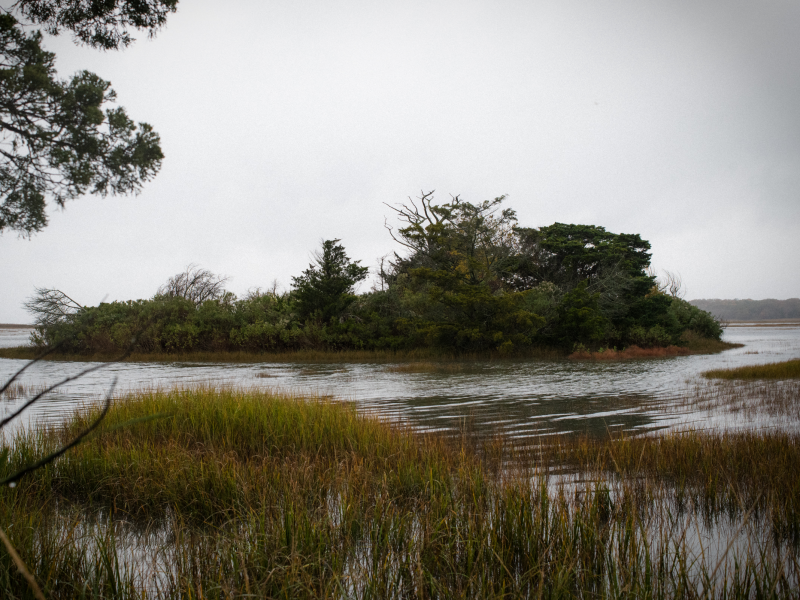
Theories vary as to why the shells were placed in such a way: some suspect the mound could extend deep into the ground and human remains have been found in similar mounds nearby.
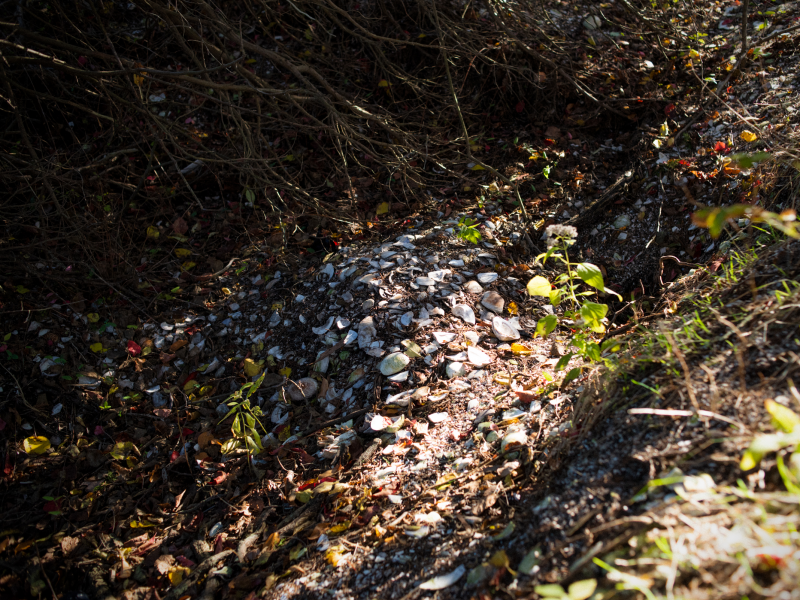
Unfortunately, as with most indigenous people in the United States, the Lenni Lenape people were forcibly displaced, and so we can never truly understand this part of the Pine Barrens’ story.
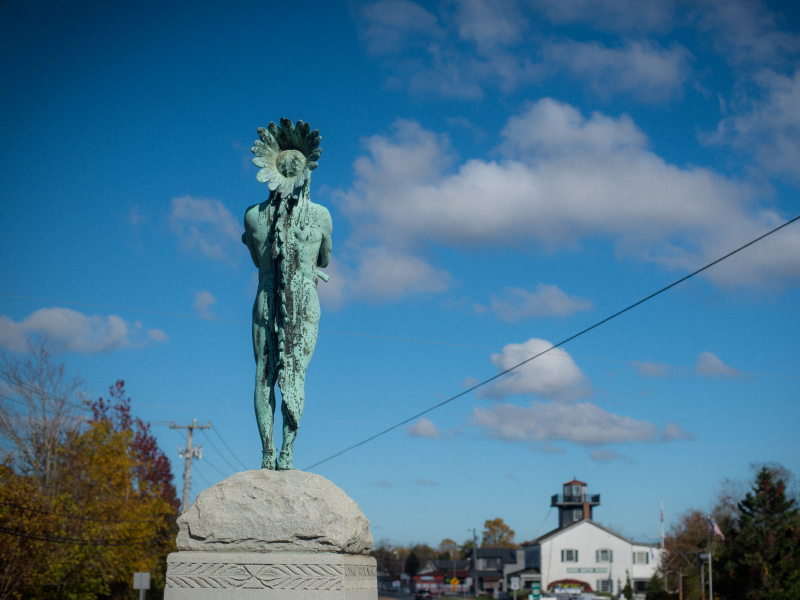
But the legends, myths, and history of the Pine Barrens live on because of the hard work of local historians. Already, stories are being lost as the older generation passes on, but for now, the lore awaits, if you dare.
